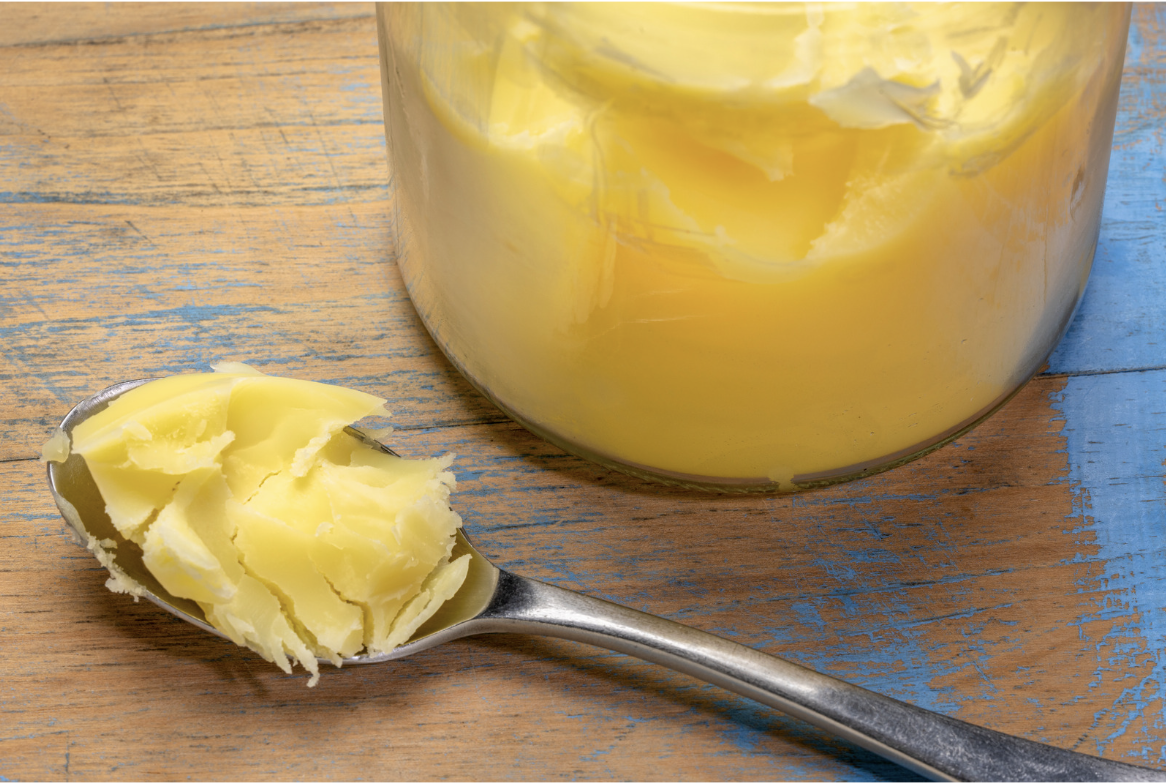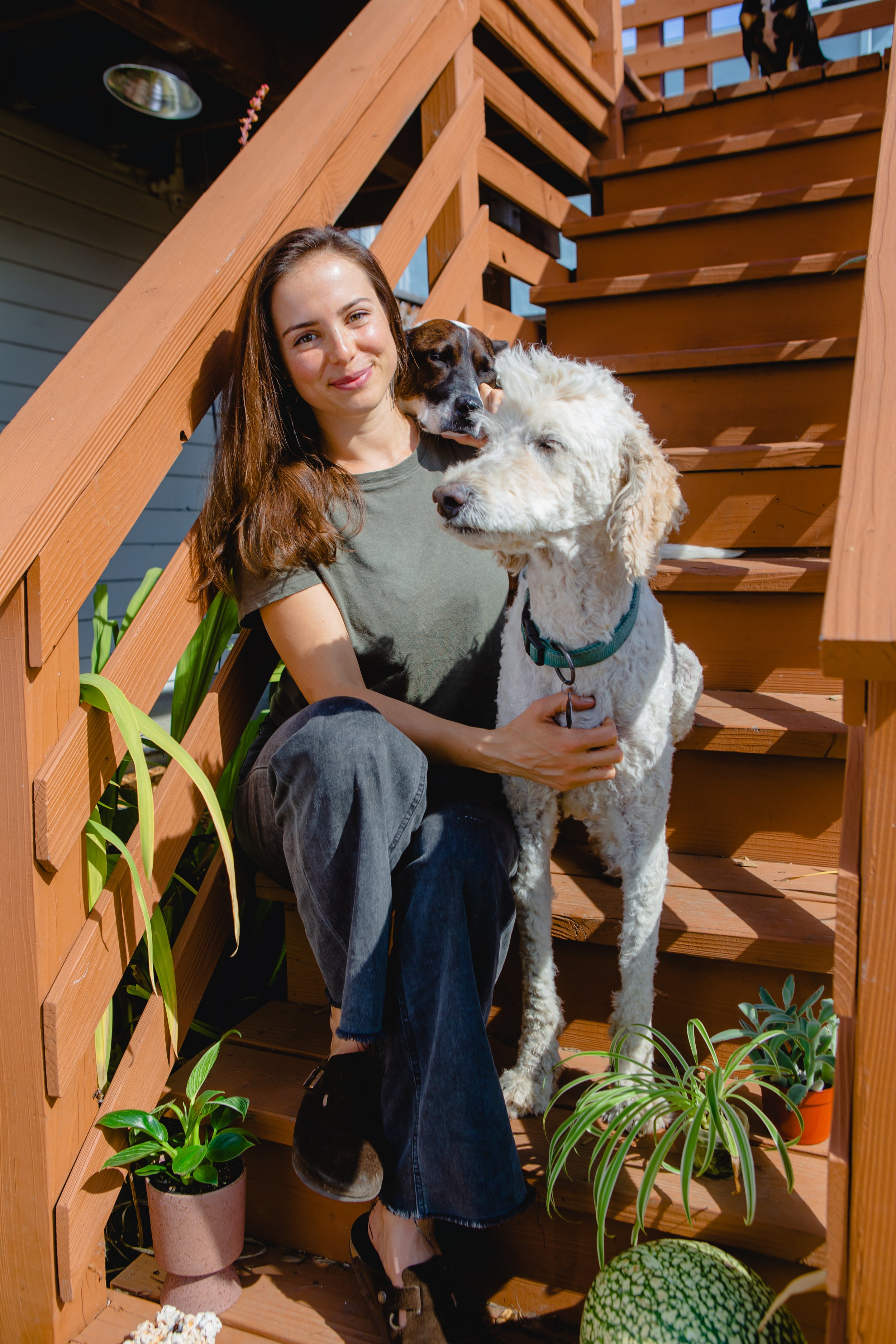GAPS “Lite”: Gut Support For Those Not Quite Ready for Full GAPS
The Gut and Psychology Syndrome (GAPS) diet is a renowned nutritional protocol designed to promote gut health and overall well-being. While committing to the Full GAPS diet can be challenging, adding in specific foods & lifestyle practices is a gentle way to support gut balance.
Here’s a menu GAPS-friendly foods & practices to aid your gut on its journey to self-healing. Pick one at a time to add into your routine!
The truth is, none of this is new! Most traditional diets have stocks, animal protein & fermented foods as their foundation. You might start to remember things your grandma made as you get more familiar.
As a former nanny & teacher with a Masters in Education, working with kids & families is my speciality. I’d love to support you on this journey.
1. Swap Your Salt
Mineral-rich salts like Baja Gold, Celtic, Sea Salt or Himalayan offer more than just flavor. These salts provide essential minerals like magnesium and potassium, promoting proper nerve function, hydration, and electrolyte balance, while iodized salt often contains additives and lacks these crucial nutrients. By making this simple switch, you can enhance your overall health while adding depth to your dishes.
2. Fermented Foods: Your Gut’s Best Friends
Fermented foods like sauerkraut, beet kvass, and 24-hour fermented dairy like kefir, yogurt & sour cream are teeming with beneficial probiotics.
These live cultures help balance your gut microbiome, improve digestion, and enhance nutrient absorption. Incorporating small servings of these foods into your meals can be an easy and delicious way to nurture your gut. Add a little sauerkraut on top of your eggs, top your tacos with homemade sour cream, splash some kvass in your cup of meat stock or snack on a lacto-fermented pickle.
Can’t handle fermented foods?
It might be a sign that you’re biome needs balancing. Pick one food to try and introduce it slowly (if it’s an intolerance & not anaphylaxis). Start with 1 tsp/day for three days, then increase to 2tsps for three days, etc. After successfully introducing the new probiotic food, try a different one and repeat a slow introduction. Pay attention to how your body reacts, and always slow down if you need to.
Once you can handle a few different ferments, try to have at least one with each meal until you’re eating about a cup of fermented food a day.
3. Meat or Fish Stock
Meat stock, a foundation of the GAPS diet, is a nourishing elixir packed with amino acids, collagen, and minerals that help soothe and heal the gut lining.
Have a cup of meatstock with some mineral salt alongside your meals, or in-between them as a snack or use as a base for soups, stews & casseroles.
**Bonus points if you add in an egg yolk or fermented veggies or brine to boost support!
4. Grass-fed Meat, Eggs & Organ Meats
Incorporating grass-fed meat into your diet, particularly cuts close to the bone, can be soothing on digestion. These meats are not only rich in essential nutrients but also contain natural gelatin, which can support gut health by promoting proper digestion and reducing inflammation
Eggs are not only a fantastic source of protein but also one of the easiest foods to digest. They provide essential nutrients like choline, which supports brain health.
Organ meats, especially beef liver, contain the most nutrient-dense, bioavailable form of B vitamins, iron, and vitamin A. These nutrient powerhouses have been a part of traditional diets for generations. If you're not a fan of the taste, "hide" about a few tablespoons of liver in about a pound of ground meat to reap the benefits without the strong flavor.
5. Saturated Fats: The Key to Nutrient Absorption
Switching from processed vegetable oils to saturated fats like cold-pressed organic olive oil, avocado oil, lard, tallow, ghee, butter & coconut oil is a simple yet powerful move.
These fats contain fat-soluble vitamins A, D, E, and K, which are crucial for various bodily functions. We need fats to help our body do the work it needs to do. By making this shift, you can improve nutrient absorption without changing your entire diet.
Use these fats (except for olive oil) in place of vegetable oil for cooking. Drizzle cold-pressed olive oil or avocado oil on top of meals or raw veggies & salads or in soups & stews.
6. Soak or Ferment Seeds, Nuts, Beans, and Lentils
Do beans, nuts and lentils leave you feeling bloated and gassy? Phytic acid in seeds, nuts, beans, and lentils can hinder nutrient absorption and cause discomfort.
Soaking or fermenting these foods reduces phytic acid levels, making them easier for your body to digest and absorb essential nutrients. This simple practice can enhance the nutritional value of these plant-based foods.
Add filtered water to your seeds, nuts, beans or lentils until they’re covered by about 2”. Add a few tsps of salt, cover and leave to soak for ~24 hours. To ferment them while they soak, add a splash of apple cider vinegar, or homemade whey. Ferment for a few days, changing the water if desired.
7. Switch to Non-Toxic Skincare & Cleaning Products
Expand your journey to wellness beyond diet, and consider making your home environment safer by switching to non-toxic skincare and cleaning products. Many conventional products contain harmful chemicals that can impact your health. Opt for natural, eco-friendly alternatives to create a healthier living space.
Check out the Environmental Working Group to look up the level of toxicity in your products and to find cleaner alternatives.
“A Little Bit of GAPS Goes A Long Way!”
Dr. Natasha Campbell-McBride reminds us that even small changes can yield substantial results. You don't have to fully embrace the GAPS diet to experience positive effects. By gradually incorporating these elements into your daily life, you can support gut health, nutrient absorption, and overall well-being.
Incorporating elements of the GAPS diet, alongside reducing toxicity in your skincare and home environment, offers a holistic approach to enhancing your overall well-being. By taking gradual, manageable steps, you can significantly reduce exposure to harmful substances, support your body's natural healing processes, and improve your quality of life.
Want support making simple swaps for your gut health? I’d love to help.
Together, we’ll:
1
Learn about your goals.
We’ll talk about your baby’s current symptoms, and flexibility to make changes
2
Meet your needs.
We’ll choose which version of GAPS works for you and get you everything you need to be fed well & succeed.
3
Make some shifts.
We’ll start your plan & pay close attention to your baby’s symptoms, shifts & next steps.
How I Got to GAPS
Some of my earliest memories are standing on a wobbly stool, mixing and measuring with a family friend who taught me how to cook from scratch. Raised as a vegetarian before it was cool, I transitioned to a mostly vegan diet while living in a housing co-op as a student at UC Berkeley where I studied psychology. That’s right when my health began to take a nosedive.
After graduating, I helped launch, “The Farmhouse,” a co-op in Berkeley, where we raised two dozen chickens. During these years, I explored a career as a children’s cooking teacher, worked as an intern with The Good Food Awards, and helped small farms and food businesses raise money as a food and farm focused crowdfunding consultant. Then one day at age 26, I couldn’t get myself down the stairs.
My whole life I thought it was normal to have aching, unstable joints, to be bloated after eating, to have trouble remembering words and struggle with depression and anxiety, along with an eating disorder. When I correctly diagnosed myself with Ehlers-Danlos Syndrome, an acupuncturist & naturopath begged me to start eating meat. So I finally made myself a batch of meat stock.
After the first sip, my brain turned on in a way it never had before. I spent the next few months slowly incorporating stews and probiotic foods into my diet, until I garnered up enough strength and healing to begin teaching preschool.
I discovered the GAPS protocol when I was working with a nutritionist while getting my master’s degree in education and teaching elementary school. I was so exhausted, I could barely get through the day and crashed the second I got home.
After nine months of trying GAPS all on my own, I enlisted the help of a GAPS coach. I relearned how to cook, and have found ways to keep homemade cooking sustainable with a busy schedule. With my coach’s support, I healed my chicken egg and dairy allergy, and experienced the first of many pain free days.
After supporting friends through GAPS, and dealing with the repercussions of sugar crazed students, I decided to turn my passion for nourishing food into a career. With my background as a teacher, I’m particularly good at helping families make the switch to a more nutrient dense diet and keeping it fun for kids. I’ve experienced first-hand how this protocol can change lives, and am dedicated to helping others on this journey.
Gina Giarmo, M.Ed.
Certified GAPS Coach
NTP in training










